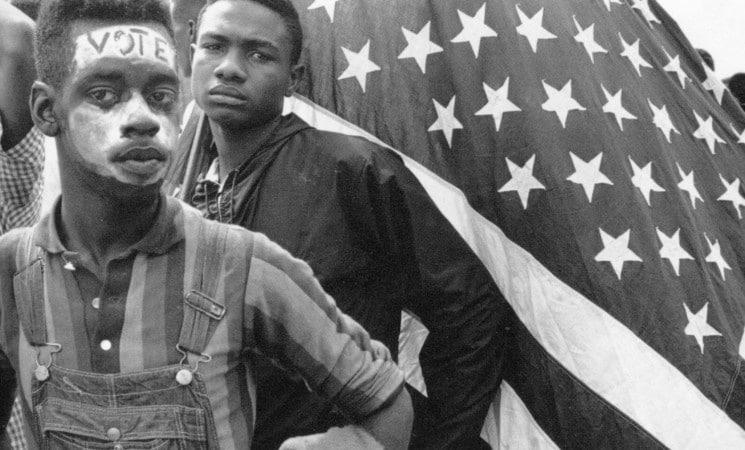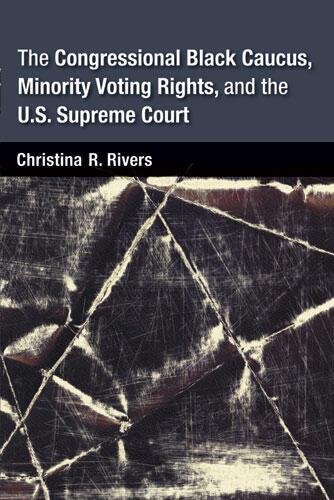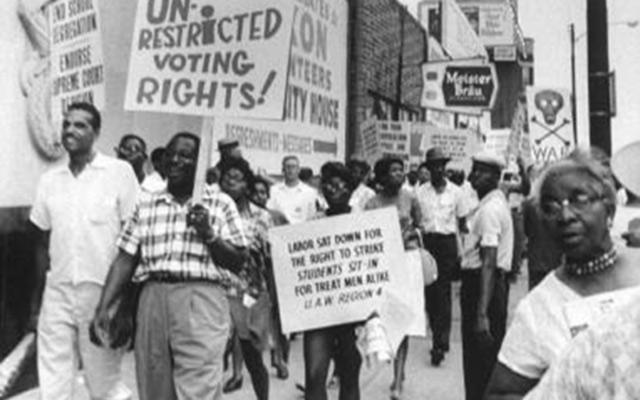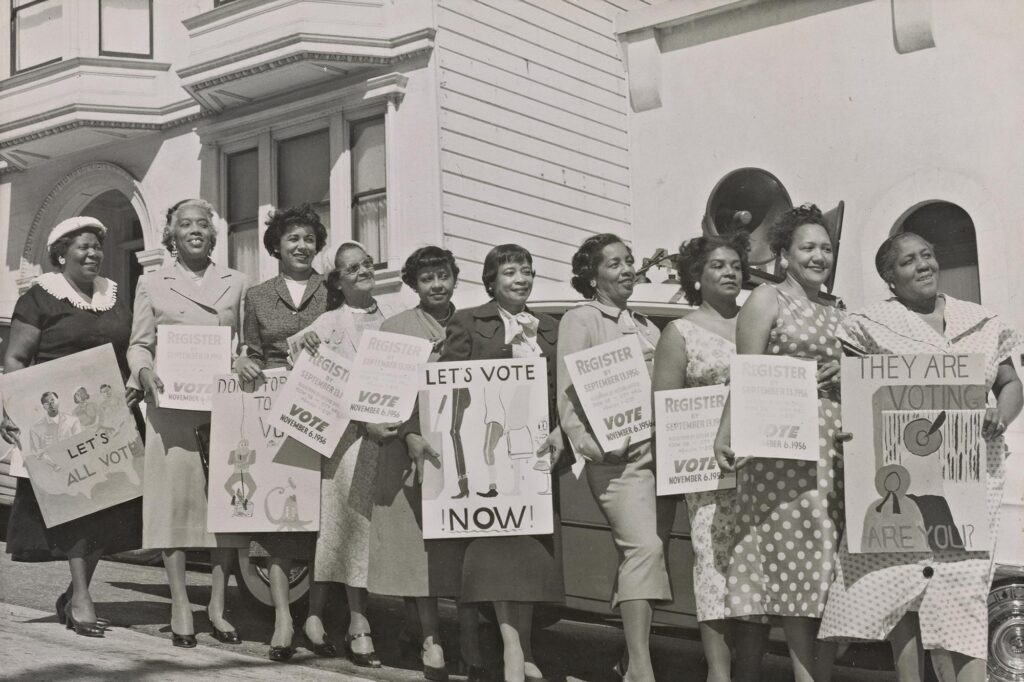In the grand arena of American democracy, the right to vote stands as a cornerstone of civic participation and equality. Yet, beneath the surface of ballots and booths lies a complex and ongoing struggle-one that often unfolds within the hallowed halls of the Supreme Court. Minority voting rights challenges have become a pivotal battleground where legal interpretations shape the contours of inclusion and exclusion. This article delves into the intricate and evolving landscape of these challenges, exploring how the highest court’s decisions continue to influence the delicate balance between protecting minority voters and navigating the contentious terrain of election law.
Minority Voting Rights and the Evolving Legal Landscape
The struggle for minority voting rights has long been a dynamic battleground within the U.S. Supreme Court, reflecting broader societal shifts and political undercurrents. Decisions in recent years have underscored the Court’s pivotal role in interpreting voting laws that either protect or restrict access for marginalized communities. As legal challenges continue to unfold, the balance between safeguarding electoral integrity and ensuring equitable voting access remains precarious.
Key legal issues at the forefront include:
- Redistricting and allegations of gerrymandering that dilute minority voting power
- Voter ID laws and their disparate impact on minority voters
- The enforcement and scope of the Voting Rights Act, especially Section 2
- Challenges to mail-in and early voting provisions affecting accessibility
These complex legal matters often intersect with evolving interpretations of constitutional protections. For example, the Court’s rulings on Section 2 of the Voting Rights Act have signaled a shift toward a more stringent standard for proving discrimination, altering how minority communities can seek redress. Additionally, the Court’s stance on voter ID laws reflects a nuanced view of state interests versus potential disenfranchisement.
| Case | Year | Impact on Minority Voting |
|---|---|---|
| Brnovich v. DNC | 2021 | Raised bar for proving voting discrimination |
| Shelby County v. Holder | 2013 | Weakened preclearance requirements |
| Veasey v. Abbott | 2016 | Struck down discriminatory voter ID law |

Historic Cases Shaping Supreme Court Jurisprudence
Throughout the history of the Supreme Court, several landmark cases have fundamentally shaped the landscape of minority voting rights in the United States. These pivotal rulings navigated the complex intersection of race, representation, and democracy, often serving as precedents that redefined the scope of electoral fairness and equal protection under the law.
One of the most significant rulings came with Smith v. Allwright (1944), where the Court struck down the practice of white primaries, which had effectively disenfranchised Black voters in Southern states. This decision not only expanded African American participation but also set a tone for future challenges against racially discriminatory voting practices.
Later, Thornburg v. Gingles (1986) became a cornerstone case by articulating criteria to identify when minority vote dilution occurs. The Court outlined clear standards for when electoral districts must be redrawn to ensure minorities have an equal opportunity to elect candidates of their choice. This ruling empowered advocates to contest gerrymandering tactics that fragmented minority communities.
- Voting Rights Act of 1965 enforcement cases reinforced protections against discriminatory barriers.
- Shelby County v. Holder (2013) controversially invalidated key provisions of the Voting Rights Act, sparking ongoing debates.
- Brnovich v. Democratic National Committee (2021) further refined the balance between state voting regulations and minority enfranchisement.
| Case | Year | Impact |
|---|---|---|
| Smith v. Allwright | 1944 | Ended white primaries, expanded Black voting rights |
| Thornburg v. Gingles | 1986 | Established criteria to detect vote dilution |
| Shelby County v. Holder | 2013 | Weakened federal oversight of state voting laws |
| Brnovich v. DNC | 2021 | Clarified limits on voting regulations affecting minorities |
Challenges in Proving Discriminatory Intent and Impact
Establishing discriminatory intent in minority voting rights cases often feels like navigating a legal labyrinth. Courts require plaintiffs to demonstrate not just disparate outcomes but a purposeful design behind those outcomes. This necessitates a deep dive into legislative history, statements by lawmakers, and the broader social context-elements that are inherently subjective and difficult to quantify. The challenge lies in distinguishing between policies that are unintentionally harmful and those crafted with an exclusionary aim.
Impact assessments add another layer of complexity. Voting practices may appear neutral on their face yet produce significant adverse effects on minority voters. Proving these effects requires robust statistical evidence and expert testimony, often contested by opposing sides. The courts grapple with questions such as:
- What threshold of statistical disparity indicates discrimination?
- Can socioeconomic factors explain voting patterns without implying bias?
- How to weigh historical discrimination against current policies?
To illustrate the burden of proof, consider the following simplified breakdown of evidentiary challenges:
| Aspect | Challenge | Judicial Consideration |
|---|---|---|
| Intent | Proving purposeful discrimination beyond circumstantial evidence | Requires clear legislative records or overt discriminatory statements |
| Impact | Demonstrating significant negative effects on minority voters | Relies on statistical and demographic analysis |
| Context | Accounting for historical discrimination and current social dynamics | Balances precedent with evolving societal standards |
Ultimately, these hurdles reflect the Supreme Court’s cautious approach in balancing the protection of minority voting rights with the preservation of legislative discretion. The intricate interplay between intent and impact continues to shape landmark rulings and the future landscape of electoral justice.

The Role of Section 2 of the Voting Rights Act in Modern Litigation
Section 2 of the Voting Rights Act (VRA) stands as a cornerstone in the protection of minority voting rights, particularly in the face of evolving legal challenges. Unlike Section 5-which required certain jurisdictions to obtain federal preclearance before changing voting laws-Section 2 provides a nationwide prohibition against voting practices that discriminate on the basis of race or minority status. This provision has been pivotal in shaping modern litigation strategies, especially as courts navigate the balance between preventing discrimination and respecting state sovereignty.
Modern litigation under Section 2 often revolves around proving that a voting practice or law results in “vote dilution” or “vote denial.” Plaintiffs must demonstrate that the contested measure has a discriminatory effect, even if there was no explicit intent to discriminate. This has led to a nuanced examination of electoral maps, districting plans, and voting methods, where statistical evidence and expert testimony play critical roles. Courts frequently assess factors such as:
- The historical context of discrimination in the jurisdiction
- The extent to which minority voters have been politically cohesive
- The presence of racially polarized voting patterns
- Whether the electoral system impairs minority voters’ ability to elect candidates of their choice
Below is a simplified overview of how courts have evaluated Section 2 claims in recent Supreme Court cases, highlighting key elements that influence rulings:
| Case | Key Issue | Outcome | Impact on Section 2 Analysis |
|---|---|---|---|
| Brnovich v. DNC (2021) | Voting rules & ballot collection | Upheld restrictions | Raised bar for proving discrimination under Section 2 |
| Thornburg v. Gingles (1986) | Gerrymandering & vote dilution | Found violation | Established key test for Section 2 claims |
| Allen v. State Board of Elections (1969) | Preclearance requirements | Upheld Section 5 | Context for Section 2 enforcement |
As the Supreme Court continues to refine the parameters of Section 2, litigants and lawmakers alike must grapple with its dynamic implications. The provision remains a powerful tool for combating subtle and systemic barriers to minority participation in the democratic process, underscoring the ongoing importance of vigilance and advocacy in the pursuit of electoral justice.

Strategies for Strengthening Minority Voting Protections
Ensuring robust protections for minority voters requires a multifaceted approach that adapts to evolving legal landscapes and social dynamics. One of the most effective strategies is the enhancement of community engagement programs that empower minority populations through education about their rights and how to exercise them. Grassroots organizations play a pivotal role here, fostering trust and providing resources that dismantle barriers like language difficulties and misinformation.
Legal advocacy remains a cornerstone in this effort. By challenging discriminatory voting laws and practices in court, advocates not only protect existing rights but also set precedents that discourage future infringements. Strategic litigation combined with amicus curiae briefs from civil rights groups can influence Supreme Court deliberations, ensuring that minority voices remain central to judicial considerations.
Technological innovation also offers promising tools. Developing secure, accessible voting platforms and expanding options such as early voting and mail-in ballots can mitigate obstacles like transportation and inflexible work schedules, which disproportionately affect minority voters. However, technology must be implemented with equity in mind, ensuring it does not unintentionally exclude those with limited digital access.
- Promote multilingual voting materials and assistance.
- Strengthen federal oversight of state election laws.
- Increase funding for voter registration drives in minority communities.
- Collaborate with tech developers for inclusive voting innovations.
| Strategy | Impact | Key Stakeholders |
|---|---|---|
| Community Education | Increases voter turnout | Local NGOs, Educators |
| Legal Challenges | Protects voting rights | Civil Rights Lawyers, Advocacy Groups |
| Voting Technology | Removes logistical barriers | Tech Firms, Election Officials |
The Conclusion
As the Supreme Court continues to navigate the complex terrain of minority voting rights, each decision resonates far beyond the courtroom, shaping the very fabric of democracy. The challenges faced by minority voters are not merely legal battles but reflections of ongoing struggles for equity and representation. While the road ahead remains uncertain, one thing is clear: the quest to secure fair and equal access to the ballot box is a vital chapter in America’s enduring story-one that demands vigilance, dialogue, and an unwavering commitment to justice.

